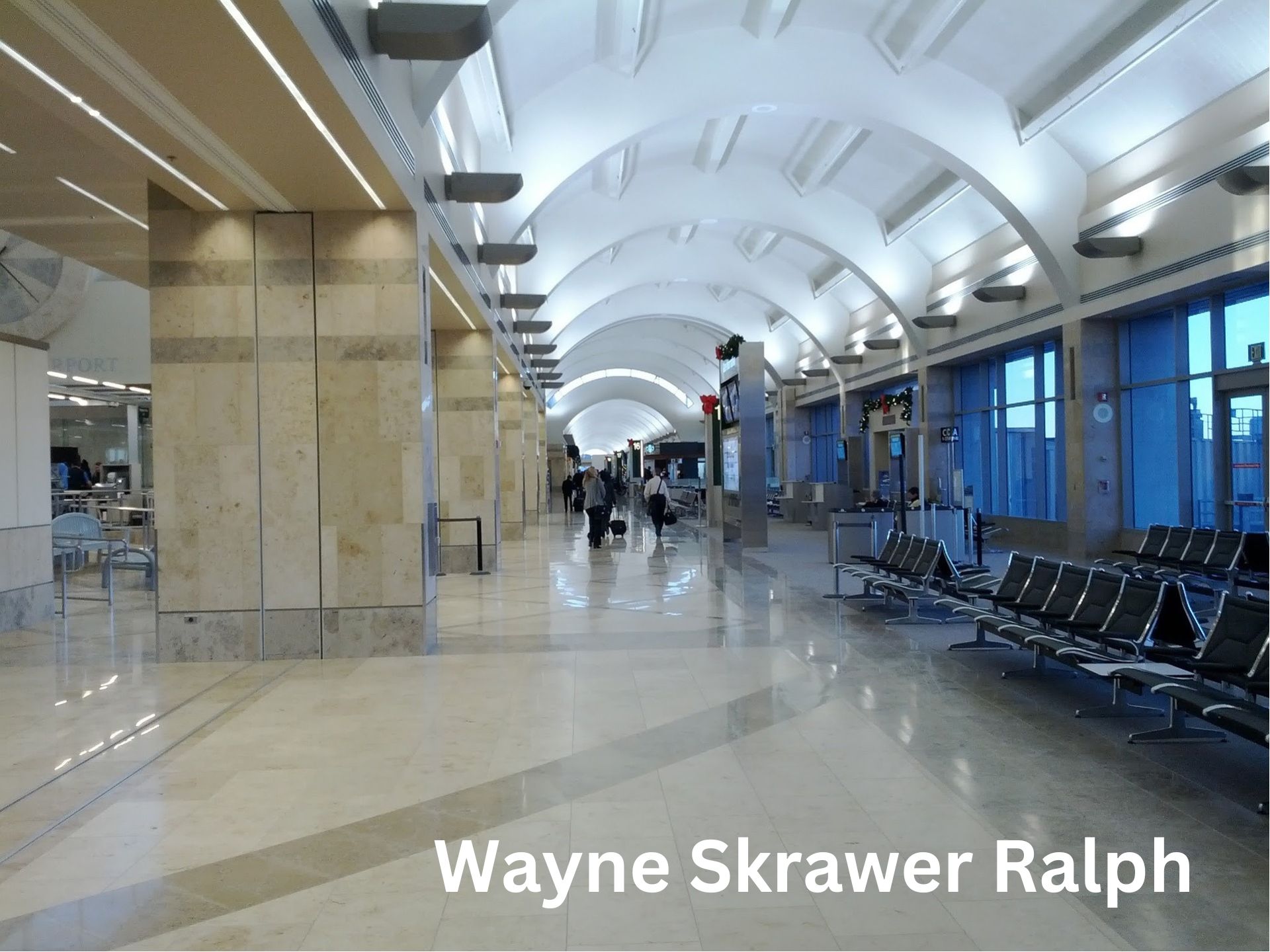Pitting corrosion is a significant issue for industries that rely on metal components, particularly in sectors like automotive, aviation, oil and gas, and manufacturing. Left undetected, pitting can compromise structural integrity, cause equipment failure, and lead to expensive repairs. Fortunately, advancements in technology, such as the Dekra VT1000, offer a powerful solution for detecting pitting early and preventing its harmful effects. This article provides a comprehensive guide to how the Dekra VT1000 works, its benefits, and its impact across multiple industries.
Contents
- 1 What is the Dekra VT1000?
- 2 How Does the Dekra VT1000 Work?
- 3 Applications of Dekra VT1000 Across Industries
- 4 Common Causes of Pitting Corrosion
- 5 Benefits of Using the Dekra VT1000
- 6 Preventive Measures Against Pitting Corrosion
- 7 Conclusion: Revolutionizing Pitting Detection with the Dekra VT1000
- 8 Frequently Asked Questions (FAQ) about Dekra VT1000
- 8.1 1. What is the Dekra VT1000 used for?
- 8.2 2. Which industries benefit the most from using the Dekra VT1000?
- 8.3 3. How does the Dekra VT1000 detect pitting corrosion?
- 8.4 4. What types of metal surfaces can the Dekra VT1000 scan?
- 8.5 5. How accurate is the Dekra VT1000 in detecting early signs of corrosion?
- 8.6 6. Can the Dekra VT1000 generate reports for maintenance teams?
- 8.7 7. Is the Dekra VT1000 portable?
- 8.8 8. What are the key benefits of using the Dekra VT1000?
- 8.9 9. How can industries prevent pitting corrosion in addition to using the Dekra VT1000?
- 8.10 10. Can the Dekra VT1000 be used for non-metal materials?
- 8.11 11. Is the Dekra VT1000 difficult to use?
- 8.12 12. How often should inspections with the Dekra VT1000 be carried out?
What is the Dekra VT1000?
The Dekra VT1000 is an advanced imaging tool designed specifically to detect pitting corrosion on metal surfaces. Developed by DEKRA, a global leader in safety and inspection technology, this tool uses high-resolution imaging to capture detailed pictures of metal surfaces, revealing tiny pits or defects that are often invisible to the naked eye. The VT1000 also comes equipped with specialized software capable of analyzing these images, identifying areas of concern, and generating detailed reports for engineers and maintenance teams.
The high level of precision offered by the VT1000 makes it an essential tool in industries where metal corrosion poses a serious threat. From automotive parts to aircraft components, this imaging device helps technicians catch corrosion before it causes significant damage.
How Does the Dekra VT1000 Work?
The VT1000 follows a systematic scanning and analysis process that involves four main steps:
1. Scanning Metal Surfaces
The VT1000 is equipped with high-resolution cameras and sensors that scan metal components, including brakes, engine parts, pipelines, and machinery. These scans focus on areas most vulnerable to pitting due to exposure to harsh environments, such as moisture, salt, or high temperatures.
2. Capturing High-Resolution Images
As it scans, the VT1000 captures detailed images of the surface. These high-resolution images provide critical insights into the condition of the metal, making even the smallest pits, cracks, or other imperfections visible.
3. Image Analysis with Advanced Software
The device’s built-in software processes the captured images to highlight potential issues. By flagging any problematic areas, the VT1000 helps engineers determine the severity of the corrosion and decide on necessary repairs or preventive actions.
4. Comprehensive Reporting
The final step in the process is generating a detailed report. This report includes annotated images of the affected areas and provides actionable insights. Maintenance teams can use these reports to plan repairs or interventions, helping to prevent costly equipment failure.
Applications of Dekra VT1000 Across Industries
The versatility of the Dekra VT1000 makes it a valuable tool across a wide range of industries. Here’s how it is being used to address corrosion-related challenges in various sectors:
1. Automotive Industry
In the automotive sector, pitting is commonly found in components like brake discs and engine parts, which are exposed to moisture, salt, and road debris. These corrosive elements can cause pits to form on metal surfaces, leading to premature wear and safety risks. The VT1000 enables technicians to inspect these parts regularly, capturing high-quality images that reveal any early signs of pitting. Detecting corrosion early ensures timely repairs, which increases the safety and longevity of automotive components.
2. Aviation Industry
Aircraft components are constantly exposed to extreme weather conditions, which can cause metal fatigue and corrosion over time. The VT1000 offers a non-invasive method for inspecting critical parts of an aircraft, such as the fuselage, wings, and landing gear, without requiring the plane to be dismantled. By capturing high-resolution images, aviation maintenance teams can identify corrosion early, ensuring that issues are addressed before they impact the safety and performance of the aircraft.
3. Oil and Gas Industry
In the oil and gas sector, pitting corrosion can severely affect the integrity of pipelines and storage tanks. Left unchecked, it can lead to leaks, environmental damage, and costly shutdowns. The VT1000 helps operators monitor the condition of their equipment by regularly capturing images of vulnerable areas. The device’s ability to detect even the smallest pits allows companies to take action before corrosion leads to more serious problems, reducing downtime and minimizing risks.
4. Manufacturing Industry
In manufacturing, machinery and metal parts are often subjected to harsh conditions, such as high temperatures, abrasive materials, and chemicals. The VT1000 provides manufacturers with a proactive way to inspect these components for early signs of pitting corrosion. By doing so, it helps prevent unexpected breakdowns and ensures smooth, uninterrupted production processes. Early detection also reduces the need for costly repairs or replacements, saving both time and money.
Common Causes of Pitting Corrosion
Pitting corrosion is caused by a variety of factors, many of which are related to the environment in which the metal is used. The most common causes include:
- Exposure to Corrosive Substances: Moisture, salt, and chemicals are the primary drivers of pitting corrosion. When metal surfaces come into contact with these elements, they break down over time, causing small pits to form.
- High Temperatures: Components that are frequently exposed to high temperatures, such as vehicle brake discs or industrial machinery, are more susceptible to pitting due to thermal stress.
- Debris and Abrasion: In automotive applications, road debris or small rocks can become lodged between parts, scraping metal surfaces and leading to pitting.
- Aging and Wear: Over time, regular use of metal components naturally leads to wear and degradation, making them more prone to pitting.
Benefits of Using the Dekra VT1000
The Dekra VT1000 offers several key benefits that make it a valuable tool for preventing and addressing pitting corrosion:
- High-Resolution Imaging: The VT1000 captures incredibly detailed images of metal surfaces, providing insights that would otherwise be missed during manual inspections.
- Early Detection of Corrosion: By identifying corrosion at its earliest stages, the VT1000 enables timely intervention, which can prevent further damage and reduce repair costs.
- Accurate Analysis: The advanced software used by the VT1000 ensures that even the smallest pits are detected, leading to a more thorough and accurate assessment of equipment condition.
- Comprehensive Reports: The detailed reports generated by the VT1000 provide maintenance teams with all the information they need to make informed decisions about repairs or preventive actions.
- Cost-Efficiency: By catching problems early, the VT1000 helps industries avoid costly repairs, minimize downtime, and extend the life of their equipment.
Preventive Measures Against Pitting Corrosion
While the VT1000 is highly effective at detecting pitting, it’s also important to implement preventive measures to reduce the likelihood of corrosion occurring in the first place. Here are some common strategies used by industries to protect their equipment:
- Regular Maintenance: Adhering to strict maintenance schedules allows for the early identification of corrosion and the timely repair of any damaged components.
- Protective Coatings: Applying anti-corrosion coatings to metal surfaces helps shield them from moisture, salt, and other corrosive elements.
- Environmental Control: Managing the operating environment, such as using dehumidifiers or protective enclosures, can reduce the exposure of metal components to corrosive conditions.
Conclusion: Revolutionizing Pitting Detection with the Dekra VT1000
The Dekra VT1000 is a groundbreaking tool that revolutionizes how industries detect and address pitting corrosion. With its high-resolution imaging, advanced software, and comprehensive reporting, it enables early detection of corrosion, allowing companies to prevent costly equipment failures and extend the life of their assets. Whether used in the automotive, aviation, oil and gas, or manufacturing sectors, the Dekra VT1000 plays a vital role in maintaining the safety, reliability, and efficiency of metal components. By investing in advanced imaging technology like the VT1000, industries can stay one step ahead of corrosion and ensure the long-term integrity of their equipment.
Frequently Asked Questions (FAQ) about Dekra VT1000
1. What is the Dekra VT1000 used for?
The Dekra VT1000 is an advanced imaging tool used to detect pitting corrosion on metal surfaces. It captures high-resolution images and analyzes them to identify areas of corrosion, allowing for early intervention and prevention of equipment failure.
2. Which industries benefit the most from using the Dekra VT1000?
The VT1000 is highly beneficial across multiple industries, including:
- Automotive: Detects corrosion in parts like brake discs and engine components.
- Aviation: Inspects aircraft components without dismantling, ensuring safety.
- Oil and Gas: Monitors pipelines and storage tanks for corrosion-related issues.
- Manufacturing: Prevents corrosion in machinery and other metal parts to avoid production downtime.
3. How does the Dekra VT1000 detect pitting corrosion?
The Dekra VT1000 uses high-resolution imaging technology to scan metal surfaces. It captures detailed images of these surfaces, which are then analyzed by advanced software to detect any tiny pits, cracks, or defects. This allows engineers to identify areas of concern and take preventive action.
4. What types of metal surfaces can the Dekra VT1000 scan?
The Dekra VT1000 is designed to scan a wide variety of metal surfaces, including automotive parts, aircraft components, pipelines, machinery, and metal enclosures. It is versatile and can be used on any metal surface prone to corrosion.
5. How accurate is the Dekra VT1000 in detecting early signs of corrosion?
The VT1000 is extremely accurate due to its high-resolution imaging and advanced software. It can detect even the smallest pits or imperfections that are invisible to the naked eye, allowing for early detection of corrosion.
6. Can the Dekra VT1000 generate reports for maintenance teams?
Yes, the VT1000 generates comprehensive reports after analyzing the scanned images. These reports include detailed information about any detected corrosion, along with annotated images and actionable insights for maintenance teams to plan necessary repairs or preventive measures.
7. Is the Dekra VT1000 portable?
Yes, the Dekra VT1000 is a portable device, making it easy for technicians to transport it to different locations for on-site inspections. Its portability adds to its convenience, especially in industries like aviation and oil and gas.
8. What are the key benefits of using the Dekra VT1000?
The key benefits of the VT1000 include:
- Early detection of pitting corrosion, preventing costly damage.
- High-resolution imaging that captures even the smallest imperfections.
- Advanced software analysis for accurate corrosion assessments.
- Comprehensive reports for maintenance teams.
- Cost-efficiency by reducing the need for major repairs and minimizing downtime.
9. How can industries prevent pitting corrosion in addition to using the Dekra VT1000?
Industries can prevent pitting corrosion by:
- Regular maintenance and inspections using tools like the VT1000.
- Applying protective coatings to metal surfaces to shield them from corrosive elements.
- Environmental control by managing exposure to moisture, salt, or high temperatures.
10. Can the Dekra VT1000 be used for non-metal materials?
No, the Dekra VT1000 is specifically designed for metal surfaces. It focuses on detecting pitting corrosion in metals and may not be suitable for non-metal materials.
11. Is the Dekra VT1000 difficult to use?
No, the VT1000 is designed to be user-friendly. Its scanning process is simple, and the built-in software assists with image analysis and report generation, making it easy for technicians to operate and interpret results.
12. How often should inspections with the Dekra VT1000 be carried out?
The frequency of inspections depends on the industry and the specific environment in which the metal components are used. For example:
- Automotive and aviation industries may benefit from regular inspections during routine maintenance.
- Oil and gas industries might require more frequent checks due to harsh operating environments.











